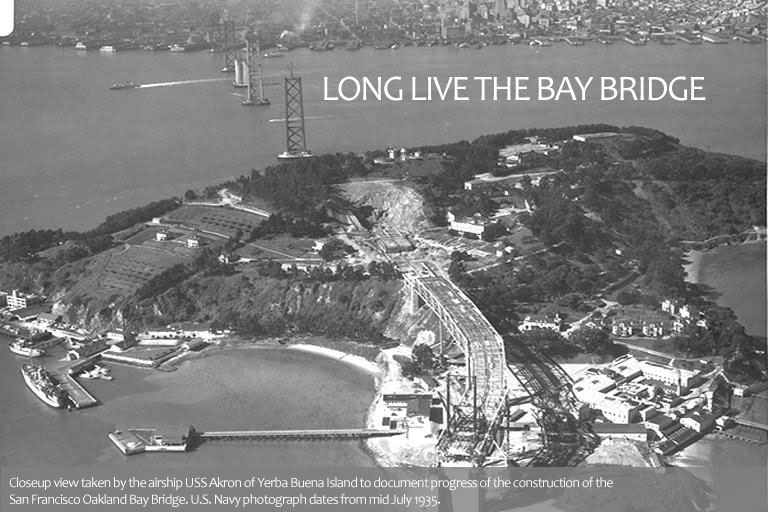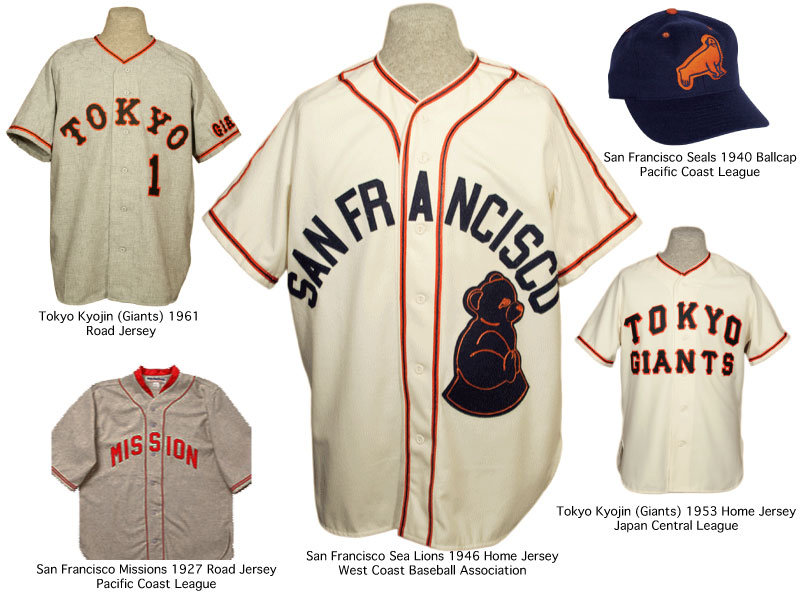 On Christmas day, on the second stop of family visits, my great-uncle played a slideshow of my late great-grandmother's photos. He had scanned them, organized them old to new, child to child and researched who's who to present them to us. We all crowded into the living room and watched in awe as the deep roots of our past slowly slid across the screen.
On Christmas day, on the second stop of family visits, my great-uncle played a slideshow of my late great-grandmother's photos. He had scanned them, organized them old to new, child to child and researched who's who to present them to us. We all crowded into the living room and watched in awe as the deep roots of our past slowly slid across the screen.
My great-grandmother had saved everything. She had antique photographs from when she was young, of her parents and her cousins in Miami and almost just as miraculous, Christmas cards from the whole family, from nearly every year. The series started with sepia-toned images, the white-turned-yellow edges slightly curled or torn, some wrinkled, some flat as a board, all of them surviving more than a hundred years of keep. The images were clearly staged, photography being a much bigger production that long ago than the ease of an instagram pic today, yet each shot was surprisingly candid, showing a sliver of personality in each face it illuminated. I most resembled my great-great-grandmother--more in expression than actual image, but undeniably. My great-uncle narrated the situations and the people in the photographs, and some of my other great aunts and great uncles present argued over who's who, thought most agreed and could remember actually taking the photograph. I doubt any of these photos had been seen for a long time; it was like finding a buried treasure, unearthing gold--each one more telling than the next.
As the photos turned more and more modern, the present family started recognizing more and more people, events, and seemingly random shots that were actually of a corner table at wedding, a dining room during a funeral, a first birth visit. Unfortunately, my family had to leave as we were hosting more family at our own house, but I can't wait to see the rest of the photographs. I'd only started to get to know my relatives in a way I'd never had before.
The next day we took a mini road trip to Miami, Arizona, where part of my family is from. The small copper mining town sits on the north-eastern slope of the Pinal Mountains, surrounded on almost all sides by the Tonto National Forest, with the San Carlos Apache Indian Reservations near and silver-mining town Globe at its side, the Arizona Center Highway tracks running through and the US Routes 60 & 70 connecting it to neighboring towns. Part of Gila County, Miami has long been somewhat of a ghost town, though in the early 1900s it was a true boom town, growing overnight to support the Copper mining industry. A true wild west with shops and saloons, bakeries and markets, so-called Cowboys and Indians, and Mexicans brought in to work the mines and the railroads.
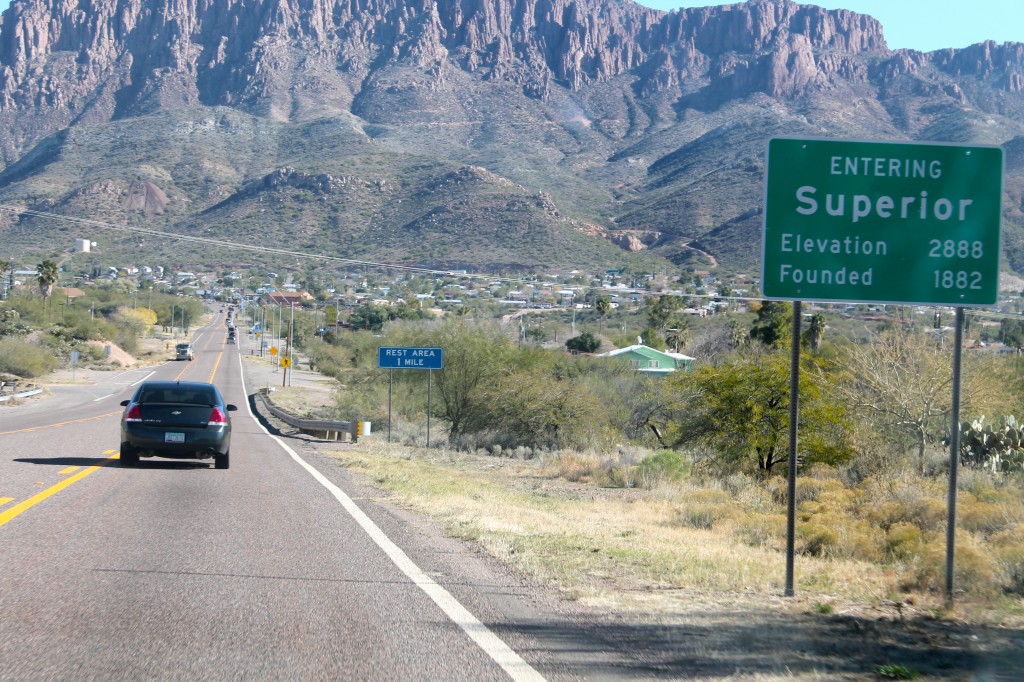
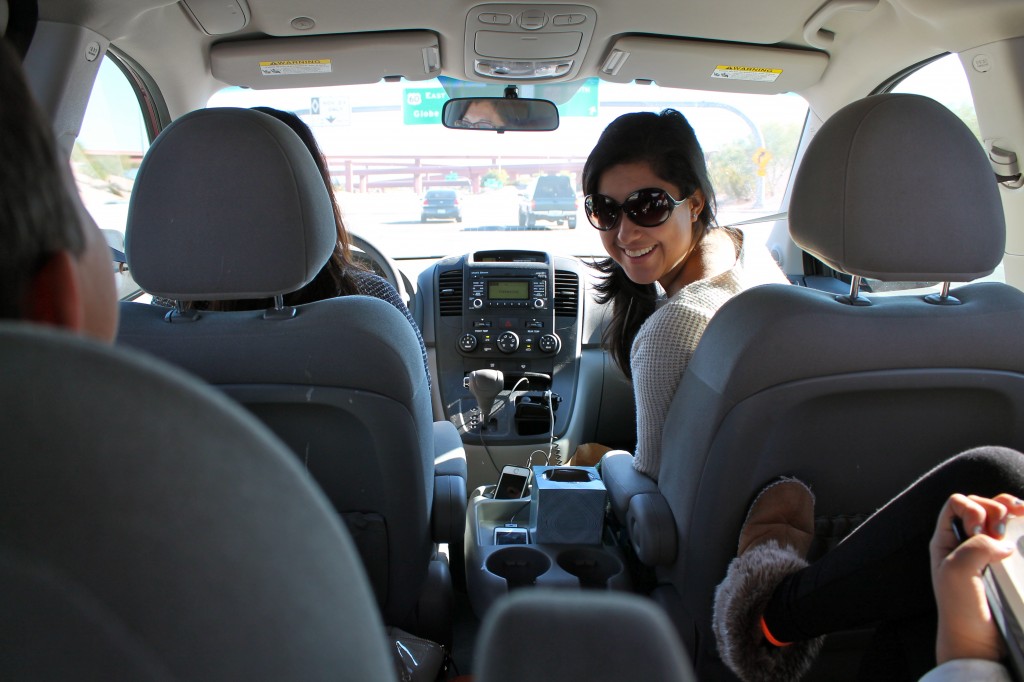

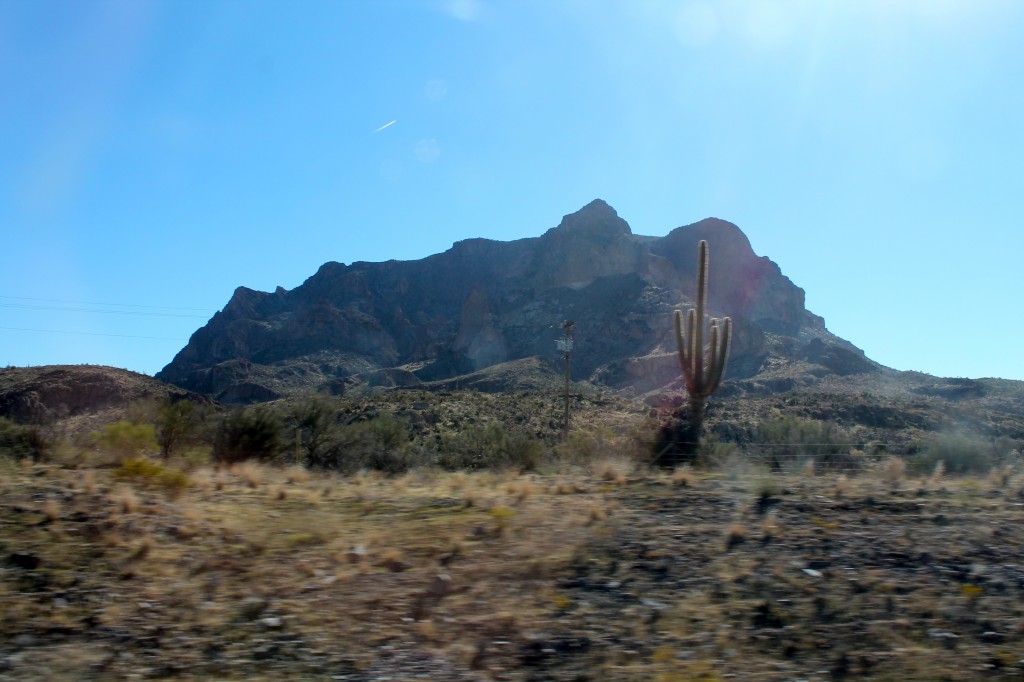 My Grandpa has been taking me and my sisters there my whole life--we'd beg him to stop at our favorite bakery, but the baker has long been dead and the bakery's long been shut down. We only have a few relatives that still live there, but one lives at the site of where my grandpa grew up. I love listening to my grandpa's stories of growing up in, most are funny stories, but many include tales of segregation. Mexicans were separate in everything --and the school he went to was opened in 1923 specifically for Mexican-American and Apache Indian Children. It was desegregated in the early 1950s and accepted in the National Register of Historic Places in 2000, when it also opened as the Bullion Plaza Cultural Museum.
My Grandpa has been taking me and my sisters there my whole life--we'd beg him to stop at our favorite bakery, but the baker has long been dead and the bakery's long been shut down. We only have a few relatives that still live there, but one lives at the site of where my grandpa grew up. I love listening to my grandpa's stories of growing up in, most are funny stories, but many include tales of segregation. Mexicans were separate in everything --and the school he went to was opened in 1923 specifically for Mexican-American and Apache Indian Children. It was desegregated in the early 1950s and accepted in the National Register of Historic Places in 2000, when it also opened as the Bullion Plaza Cultural Museum.
The museum has a collection of photographs, stories, artifacts, gemstones, military history and even a Slavic cultural room. My grandpa pointed out people he knew and places he remembered, events he'd heard about or attended. He showed me his elementary grade classroom and the nurses office. Afterward, we drove around and make a family visit, then stopped at Guayo's for lunch. They have the best chips and I have the best memories of eating there with my grandparents and family.
Experiencing the small town having just seen photographs the night before, some which were taken in that same place (though a different side of the family -- ironically two of my great-grandmother's were friends back in the day), was amazing. It was like painting a forgotten black into color, using my imagination to fill in the gaps and taking photos myself to keep the memories of our visit for the future. I can't wait to dig through my grandpa's photographs now, and see what new memories we can bring out, what new stories we'll uncover.

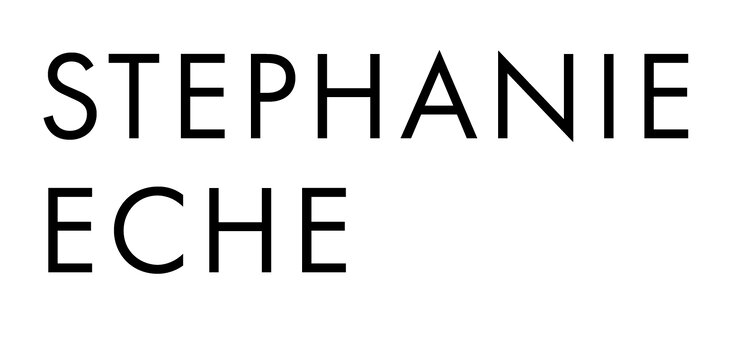


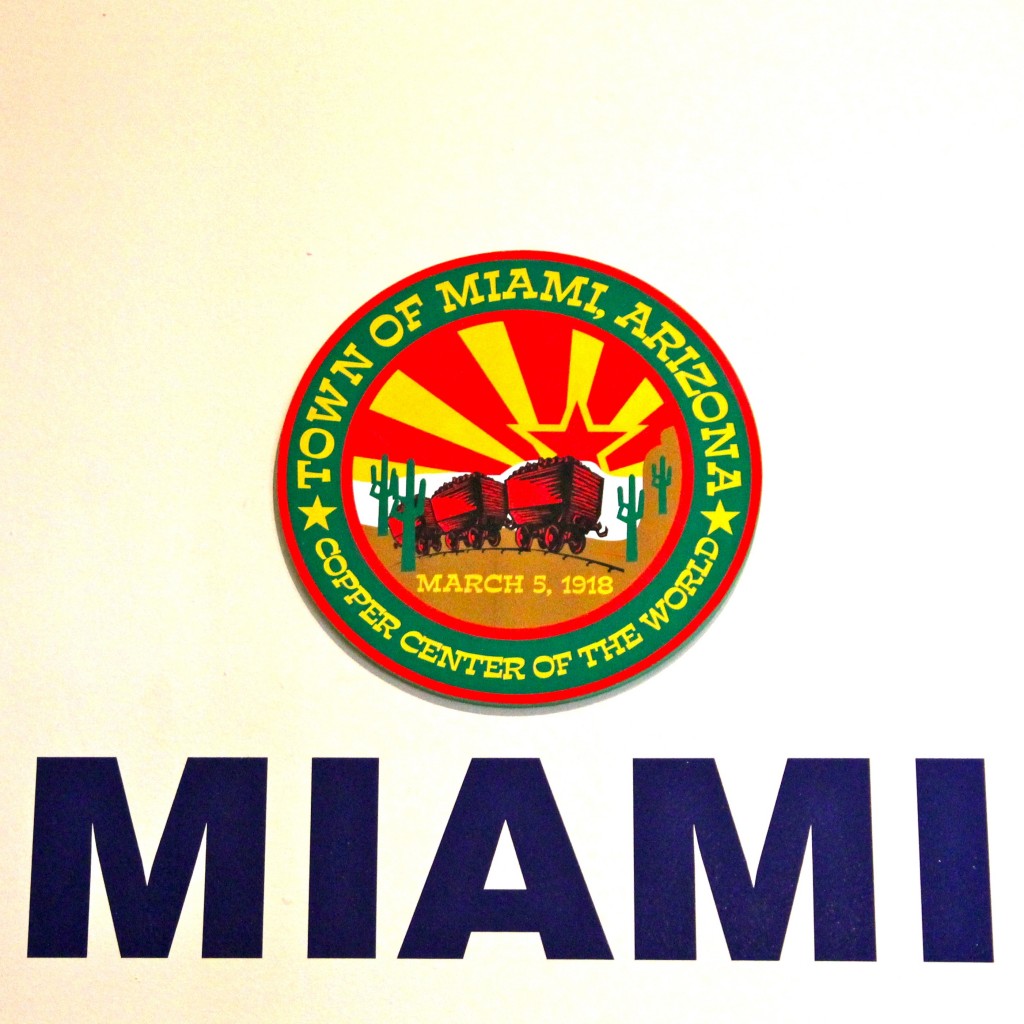
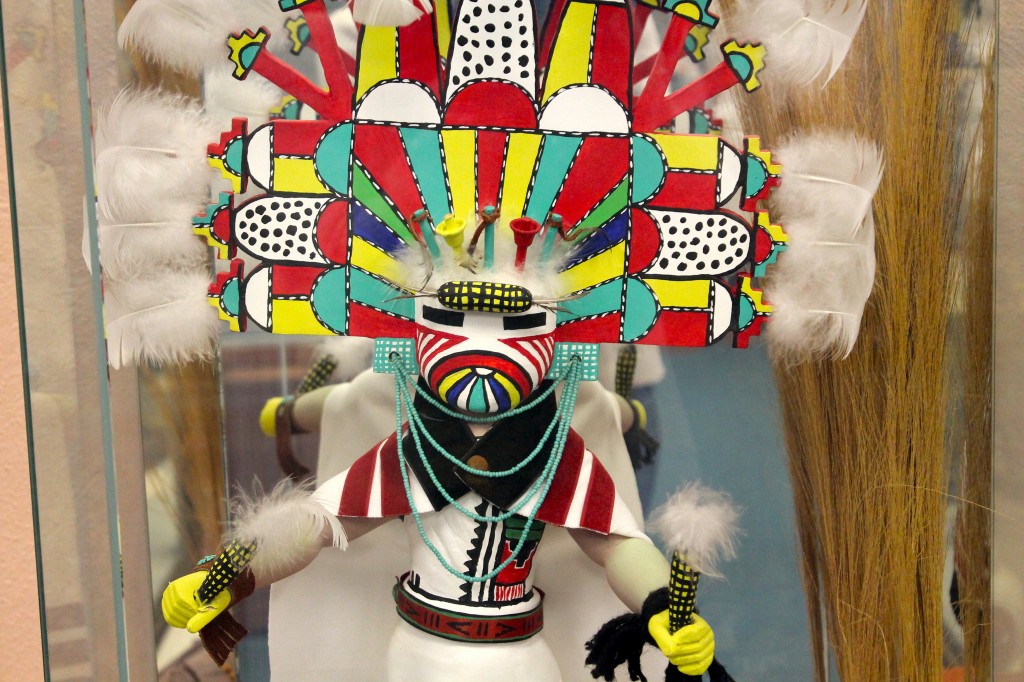




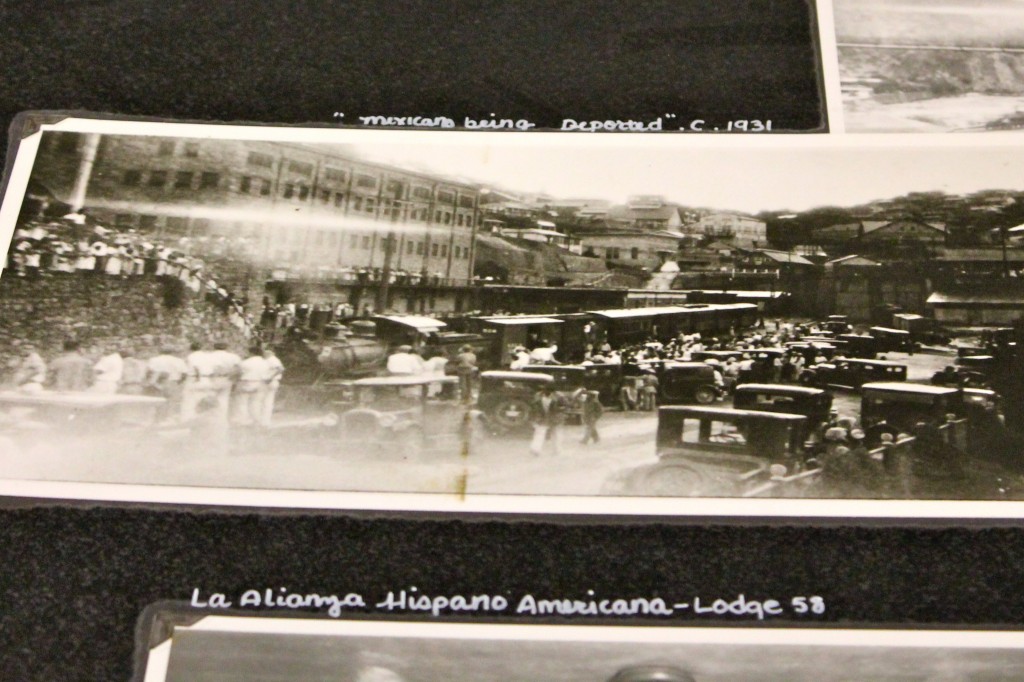


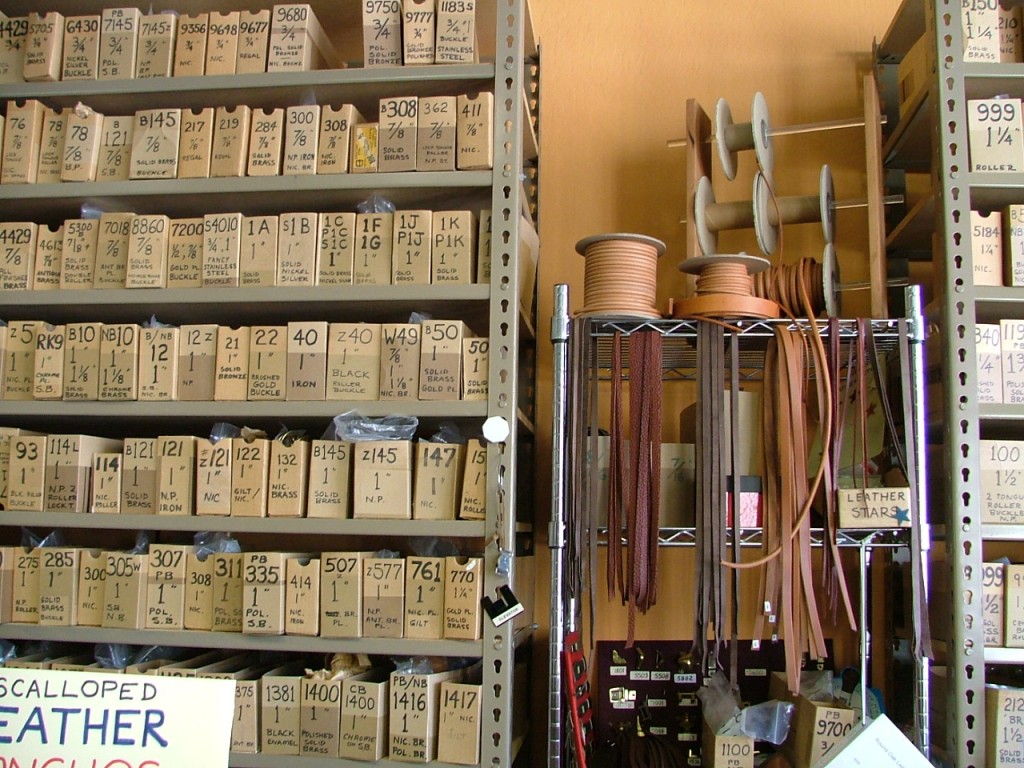
 Remembering JFK today. In LIFE photos
Remembering JFK today. In LIFE photos 